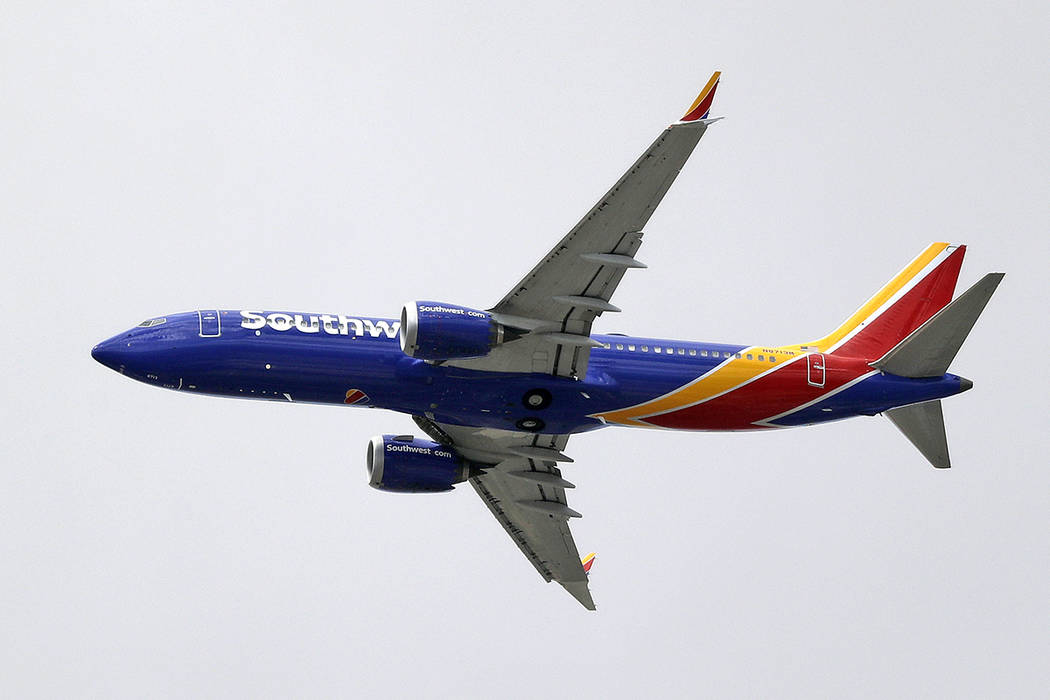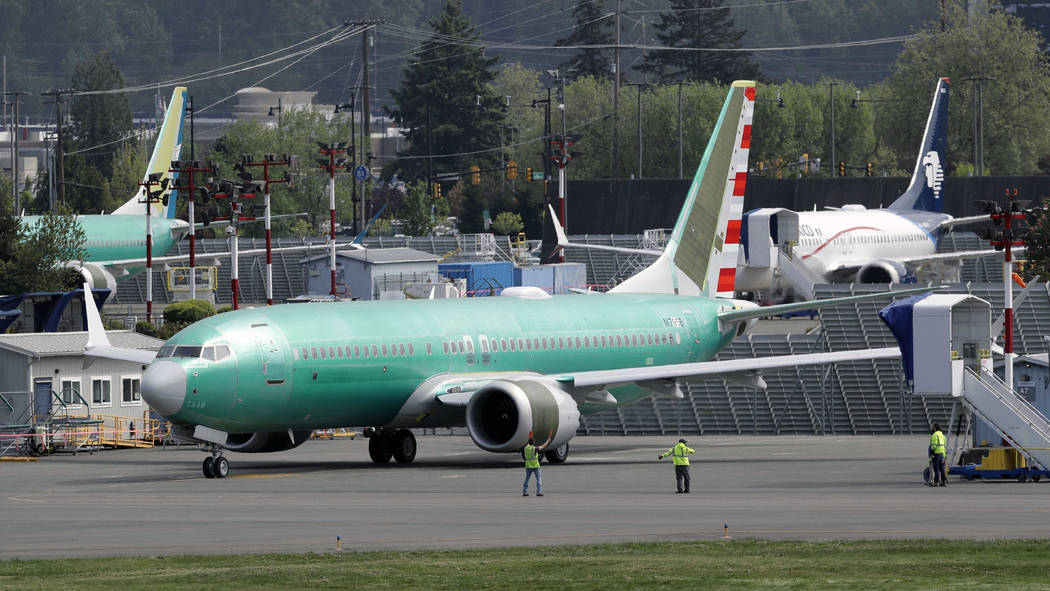Boeing, FAA share blame in certification of the 737 Max, report says
NEW YORK — Boeing did not fully explain to federal regulators an automated flight system featured in its new 737 Max, and those regulators didn’t have the capability to effectively analyze much of what Boeing did share about the plane.
Those are the findings of a multiagency task force due to release its findings Friday, according to a report in The New York Times.
The Boeing 737 Max was grounded following crashes in Indonesia and Ethiopia that killed a total of 346 people late last year.
The task force only looked at the Federal Aviation Administration’s certification of the Max’s flight control system, but that allowed it to review the certification of the new automated system involved in the crashes.
The New York Times received a draft copy of the task force’s report.
Cracks in older 737s
Inspections of some older Boeing jets have turned up structural cracks in more than three dozen of them, raising a new safety issue for the company already dealing with two deadly crashes involving a newer version of the same plane.
Boeing said Thursday that airlines worldwide have inspected 810 planes following an order from U.S. safety regulators. Of those, 38 — or 5% — had “findings” requiring repairs.
Airlines are under orders to inspect certain Boeing 737 NG planes for cracking in a part that helps keep wings attached to the fuselage.
Boeing declined to identify which airlines found problems, but Brazilian carrier Gol said it has grounded 11 planes so far, and U.S.-based Southwest Airlines grounded two.
The NG is a version of the popular 737 that has been produced since the 1990s. Boeing is replacing it with the 737 Max, but those planes have been grounded worldwide since March after two crashes killed 346 people.
The cracks in the NG planes occurred in a part called a pickle fork because of its shape. Cracking in that component was found recently in some 737s being converted from passenger use to cargo jets.
The Federal Aviation Administration gave airlines seven days, ending Thursday, to inspect 737 NGs that had made at least 30,000 flights. A much larger group of planes with slightly fewer flights must be inspected over the coming months.
An FAA spokesman said “a small number” of U.S.-based planes have been removed from service while Boeing works on instructions for repairing or replacing the parts.


















